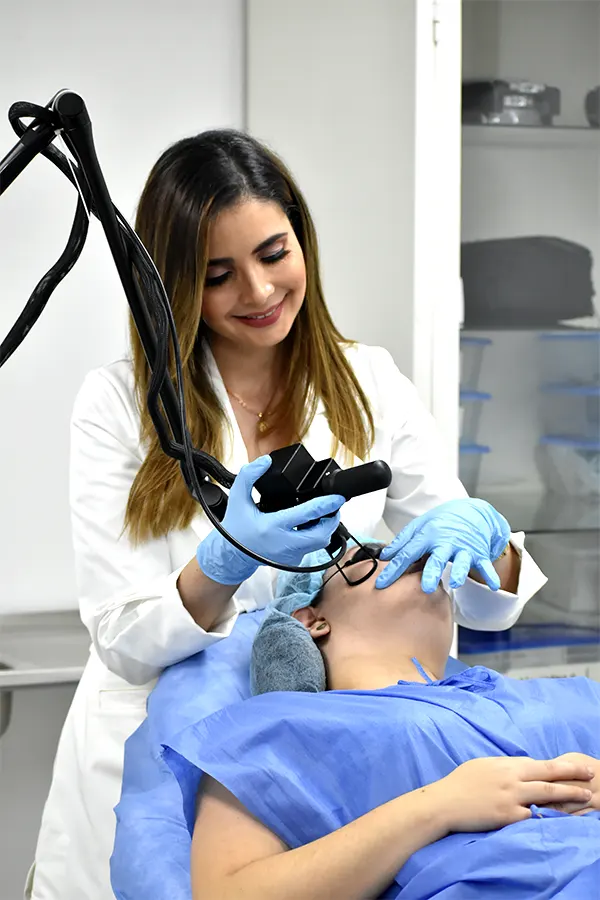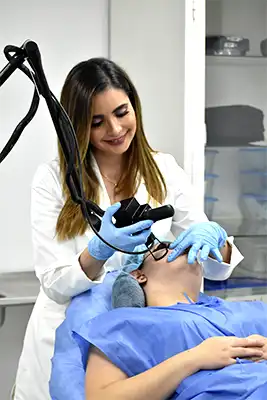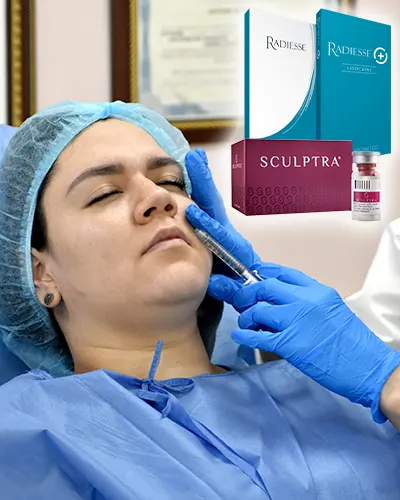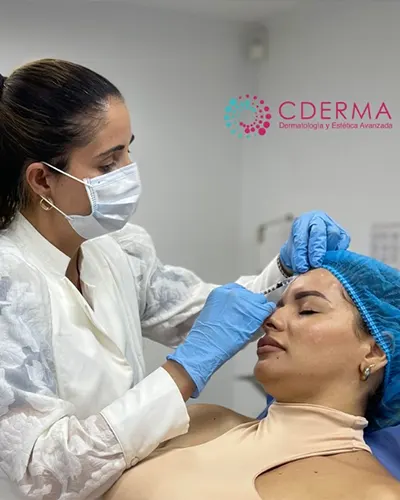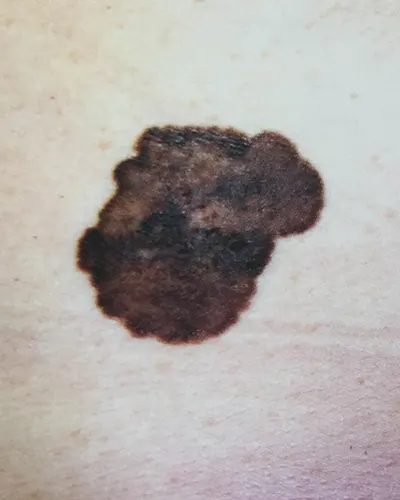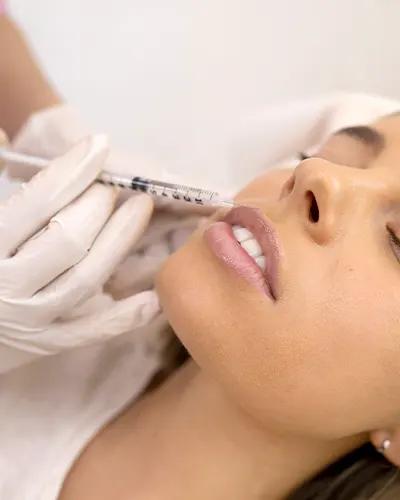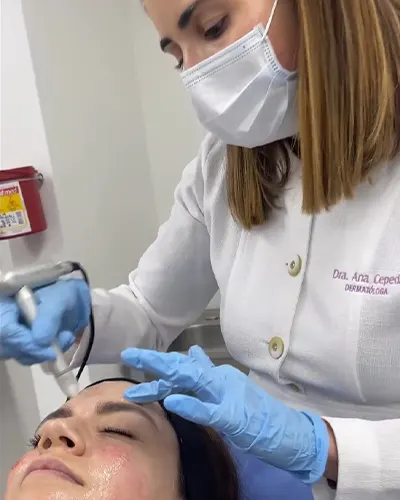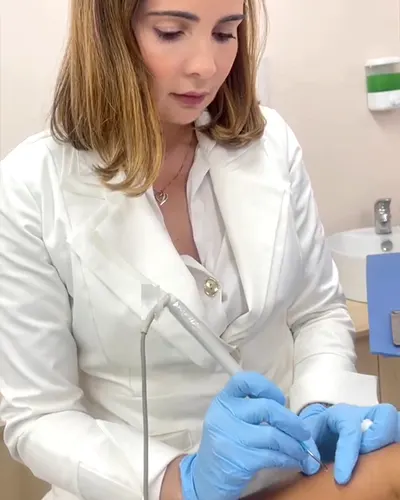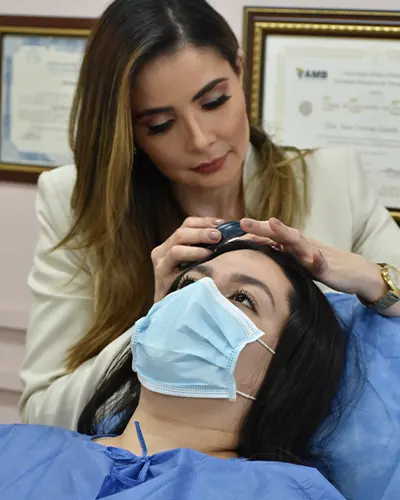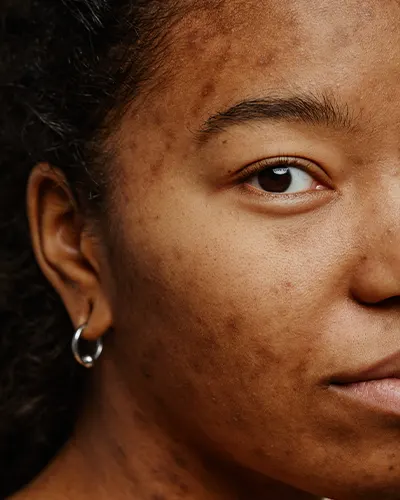¿Deseas contactarnos?
Llámanos o escríbenos
Descubre nuestros diferentes procedimientos
En CDERMA deseamos que todos nuestros pacientes tengan una mejor apariencia. Por eso, nuestro amplio portafolio de servicios cubre tus diferentes necesidades estéticas. Conoce a continuación los tratamientos que impactan positivamente la vida de nuestros pacientes.
Bioestimuladores
Hidrata tu piel con nuestros bioestimuladores, los cuales se encargan de aportar firmeza a la cara. De este modo, mejoramos la apariencia del cuello y manos. ¡El momento es ahora!
Cáncer de piel
Nuestra trayectoria y conocimiento en el área de la medicina oncológica relacionada con cáncer de piel, nos permite brindar tratamientos de alto nivel para priorizar tu salud y bienestar.
Retiro de lunares
Realizamos un análisis profundo de tu piel para remover de forma segura los lunares. La cirugía convencional, láser y shaving serán los aliados perfectos para que luzcas la imagen que deseas.
Caída del cabello
Somos los responsables de proporcionarte un tratamiento capilar que beneficie la vitalidad de tu cabello. Para hombres y mujeres empleamos las técnicas más novedosas de plasma y mesoterapia.
¡Cuidamos de ti!
En CDERMA trabajamos diariamente por brindarte procedimientos que cumplan con todos los lineamientos estipulados por las entidades correspondientes. De esta manera, nos aseguramos de realizar servicios de calidad alineados a lo que deseas. Asimismo, te ofrecemos una asesoría totalmente personalizada con el fin de comprender tus requerimientos estéticos.
Contamos con una amplia experiencia en el ámbito de la medicina estética, lo que nos ha caracterizado por brindar tratamientos efectivos, con un acompañamiento continuo. Deja en manos de profesionales tu salud y bienestar, ya que disponemos de herramientas de vanguardia que nos permiten lograr resultados armoniosos y naturales. ¿Quieres impactar positivamente con tu imagen? Comunícate con nosotros y agenda tu cita de valoración, te proporcionaremos toda la información necesaria para que des el primer paso para cuidar de ti.
Háblanos
A un clic encuentras todo lo que necesitas para mejorar tu piel, ¡esperamos tu mensaje!
